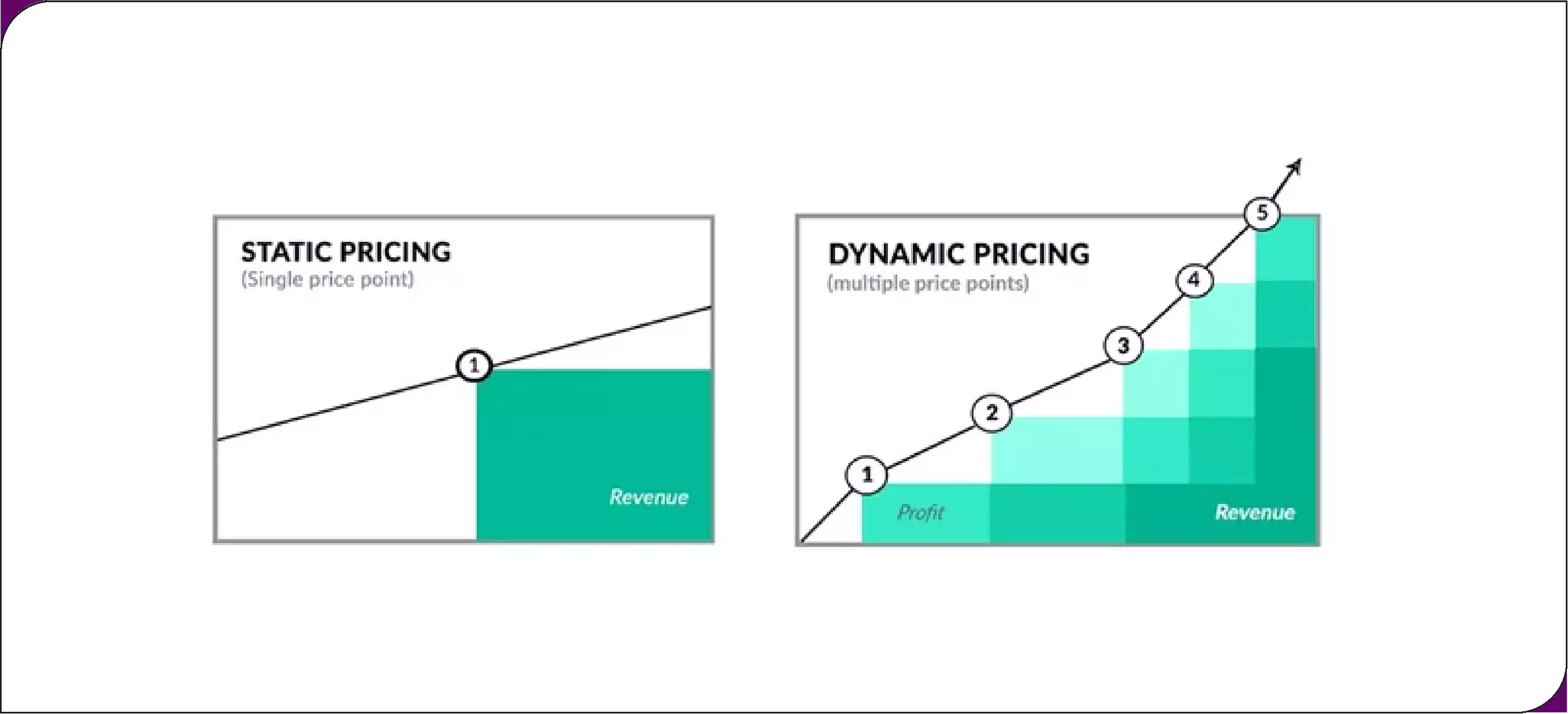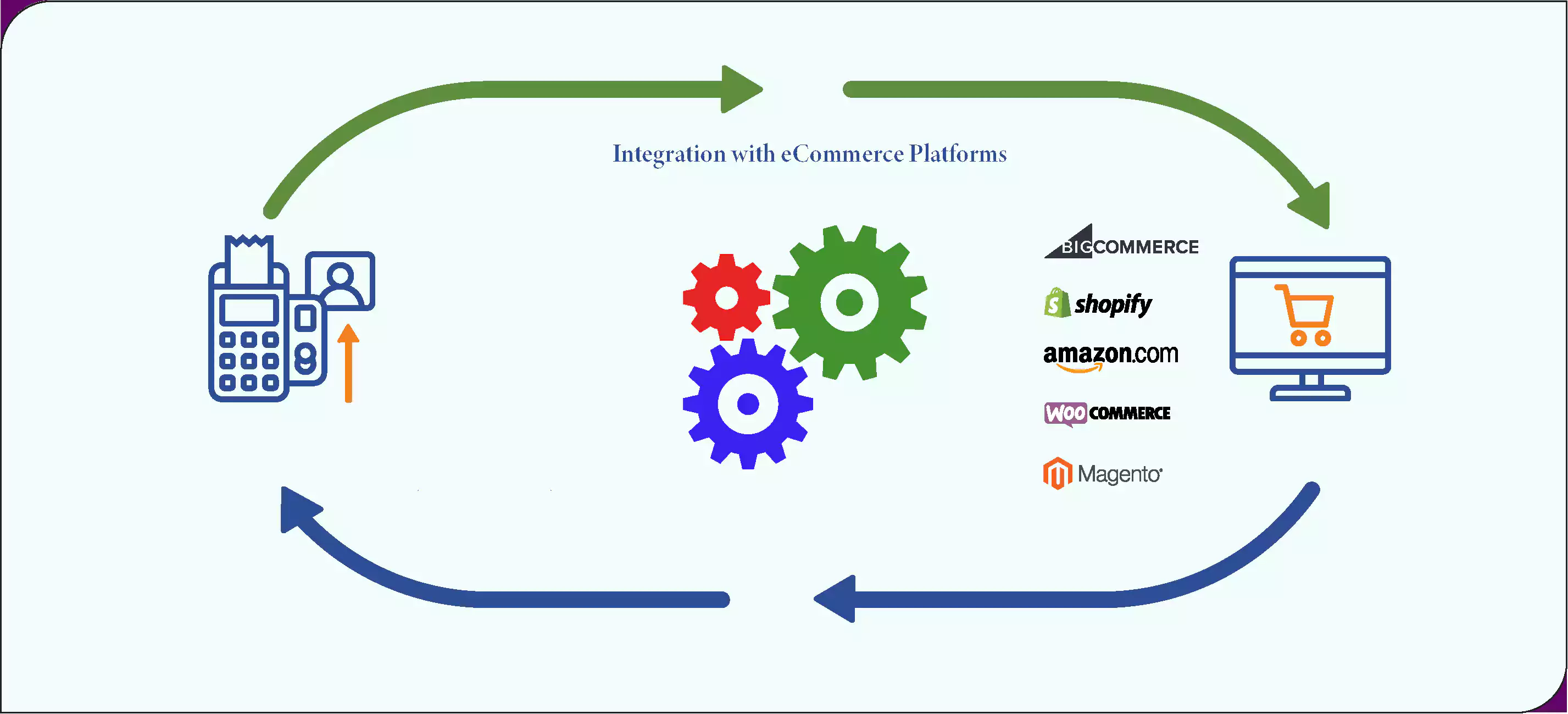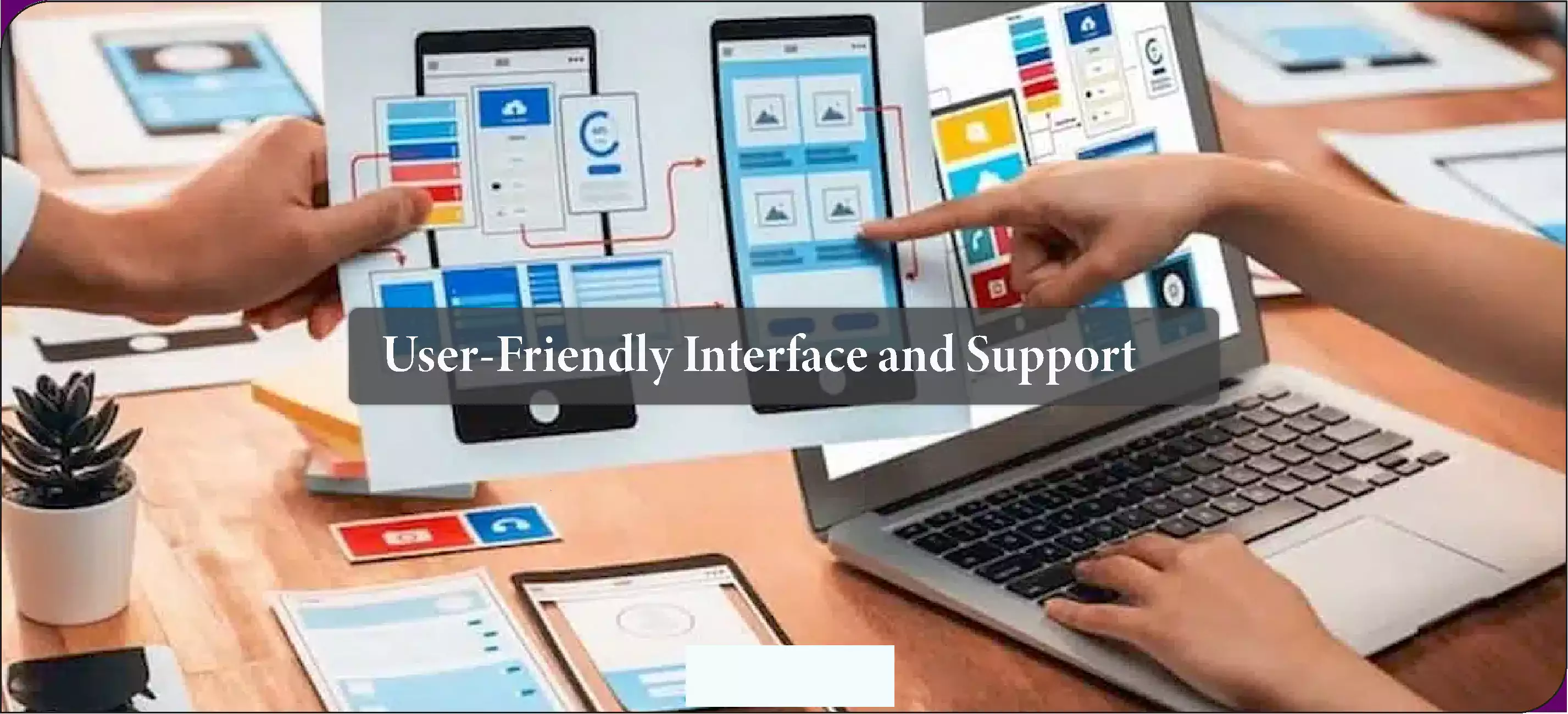
In the dynamic world of eCommerce, price monitoring software is crucial for businesses aiming to maintain a competitive edge. These tools help retailers and brands track pricing trends, monitor competitors, and refine their strategies to boost profitability. As we approach 2024, several advanced price monitoring solutions have emerged, each offering distinctive features tailored to various business needs. The best price monitoring software, 2024, provides comprehensive capabilities for tracking prices across multiple channels, offering insights into market trends and competitor strategies. Among these solutions, price tracking software 2024 stands out for its ability to deliver real-time updates and automated price adjustments. Real-Time Price Tracking Tools are precious, enabling businesses to respond swiftly to market changes and optimize pricing strategies dynamically. This article delves into the top price monitoring software options for 2024, highlighting their essential features and evaluating their strengths to help businesses select the best tool for their requirements.
1. Comprehensive Price Tracking
Feature Overview: The best price monitoring software, 2024, offers comprehensive price tracking capabilities. This includes real-time updates on competitor prices, historical pricing data, and the ability to track price changes across multiple channels and regions. These tools provide robust competitive price monitoring by gathering data from various sources, including competitor websites, marketplaces, and brick-and-mortar stores. This holistic approach supports effective price monitoring and analytics, giving businesses a complete view of the market landscape.
Strengths:
• Real-Time Updates: Instant notifications of price changes help businesses stay agile and respond quickly to market shifts.
• Historical Data Analysis: Access to historical pricing data allows for trend analysis and better forecasting.
• Multi-Channel Tracking: Ability to monitor prices across online platforms, physical stores, and different geographical locations.
Review Insights: Users appreciate the depth of data provided and the ability to customize tracking parameters. Real-time alerts and detailed historical analysis are often highlighted as key benefits.
2. Dynamic Pricing and Automation

Feature Overview: Dynamic pricing is a feature that allows businesses to automatically adjust their prices based on predefined rules and competitive data. Advanced price monitoring software for 2024 integrates dynamic pricing tools that can optimize pricing strategies in real time. eCommerce price monitoring solutions often include:
• Automated price adjustment software.
• Enabling businesses to set rules for price changes based on factors such as competitor pricing.
• Inventory levels.
• Market demand.
This automation ensures that pricing strategies are efficient and responsive to market conditions.
Strengths:
• Automated Pricing Adjustments: Reduces the need for manual price changes and ensures competitive pricing.
• Customizable Rules: Businesses can set specific conditions for adjusting prices.
• Inventory Integration: Adjust prices based on stock levels and demand fluctuations.
Review Insights: Users find dynamic pricing automation a powerful tool for maximizing revenue and maintaining a competitive edge. They particularly appreciate customizable rules and seamless integration with inventory systems.
3. Competitive Intelligence and Benchmarking

Feature Overview: Price monitoring software with competitive intelligence capabilities offers insights into competitors' pricing strategies and market positioning. Benchmarking features allow businesses to compare their pricing against competitors and industry standards. This helps identify pricing gaps, understand competitive dynamics, and make informed pricing decisions.
Strengths:
• Competitor Price Analysis: Detailed reports on competitor pricing, promotions, and strategies.
• Market Positioning: Insights into how a business's pricing compares to industry benchmarks.
• Trend Identification: Ability to spot emerging pricing trends and shifts in the competitive landscape.
Review Insights: Users value the competitive intelligence features for their ability to provide actionable insights and enhance strategic decision-making. Benchmarking tools are seen as essential for maintaining competitiveness.
4. Advanced Analytics and Reporting

Feature Overview: Advanced analytics and reporting capabilities are crucial for deriving actionable insights from price monitoring data. Modern price monitoring services offer sophisticated analytics tools, including customizable dashboards, visualizations, and detailed reports. These features enable businesses to track performance metrics, analyze pricing trends, and make data-driven decisions.
Strengths:
• Customizable Dashboards: Users can tailor dashboards to display key performance indicators and metrics.
• Data Visualization: Graphs, charts, and heat maps clearly show pricing trends and anomalies.
• In-Depth Reporting: Detailed reports offer insights into pricing performance and strategy effectiveness.
Review Insights: Users appreciate the depth of analytics and reporting features, noting that they facilitate data-driven decision-making and improve overall pricing strategy. Customizable dashboards and visualization tools are frequently praised.
5. Integration with eCommerce Platforms

Feature Overview: Seamless integration with eCommerce platforms is a crucial feature of effective price monitoring software. This includes compatibility with major online marketplaces, shopping carts, and inventory management systems. Integration ensures that price changes are synchronized across platforms and that pricing strategies are consistently applied.
Strengths:
• Platform Compatibility: Works with various eCommerce platforms and marketplaces.
• Data Synchronization: Ensures that pricing updates are reflected across all sales channels.
• Streamlined Operations: Reduces manual effort and potential errors by automating data transfers.
Review Insights: Users find integration with eCommerce platforms a significant advantage, as it streamlines operations and ensures consistency. Compatibility with multiple platforms is often highlighted as a valuable feature.
6. User-Friendly Interface and Support

Feature Overview: A user-friendly interface and robust support are critical for businesses effectively utilizing price monitoring software. Modern solutions offer intuitive dashboards, easy navigation, and comprehensive support resources, including tutorials, customer service, and user communities.
Strengths:
• Intuitive Design: Easy-to-navigate interface that simplifies data analysis and decision-making.
• Comprehensive Support: Access to customer support, training materials, and user forums.
• Customizable Settings: Users can personalize the software to fit their specific needs.
Review Insights: User reviews often highlight the ease of use and quality of support. A well-designed interface and responsive support contribute to a positive overall experience and effective use of the software.
7. Price and Subscription Models

Feature Overview: Price monitoring software comes with various pricing and subscription models, ranging from basic packages to premium solutions with advanced features. Understanding each option's cost structure and value proposition is essential for selecting the right software for a business's needs.
Strengths:
• Flexible Pricing Models: Options for different budgets and feature requirements.
• Value for Money: Assessment of features and benefits relative to subscription costs.
• Scalability: Ability to upgrade or downgrade based on business growth and changing needs.
Review Insights: Users appreciate transparent pricing and flexible subscription options for different business sizes and budgets. Evaluating the software's value for money and scalability is a common consideration.
Conclusion: As businesses navigate the competitive landscape in 2024, selecting the correct price monitoring software is crucial for maintaining a competitive edge and optimizing pricing strategies. The best solutions offer comprehensive tracking, dynamic pricing, competitive intelligence, advanced analytics, seamless integration, user-friendly interfaces, and flexible pricing models. By carefully evaluating these features and considering user feedback, businesses can choose a price monitoring tool that aligns with their objectives and enhances their ability to make data-driven pricing decisions.
Transform your retail operations with Retail Scrape Company's data-driven solutions. Harness real-time data scraping to understand consumer behavior, fine-tune pricing strategies, and outpace competitors. Our services offer comprehensive pricing optimization and strategic decision support. Elevate your business today and unlock maximum profitability. Reach out to us now to revolutionize your retail operations!
Source : https://www.retailscrape.com/features-define-the-best-price-monitoring-software-2024.php